
LA Social Science Story: Interview with UCLA Communication Alum Michael Allen, ’86
The LA Social Science e-forum interviewed UCLA Department…
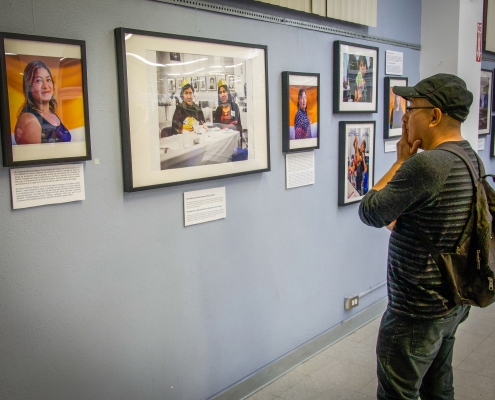
Working Families in Focus: Photo Exhibit and Film Shorts in the Heart of Los Angeles
By Janna Shadduck-Hernández, Project Director, and Marisol Granillo…
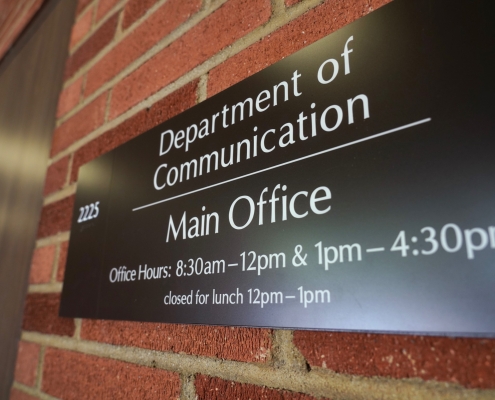
Spotlight on UCLA’s Department of Communication: Alumni Partnerships and a New PhD Program
The UCLA Department of Communication proudly announces rolling…
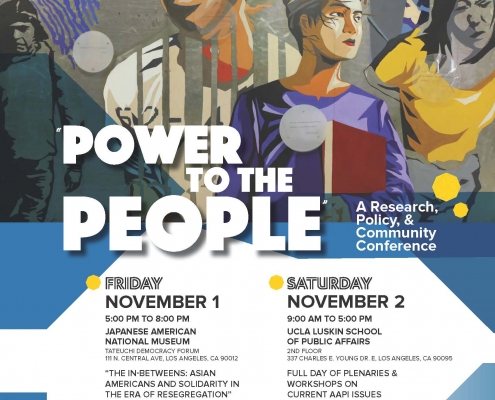
Asian American Studies Conference Commemorates 50th Anniversary at UCLA This Weekend
The UCLA Asian American Studies Department, the UCLA Asian American…
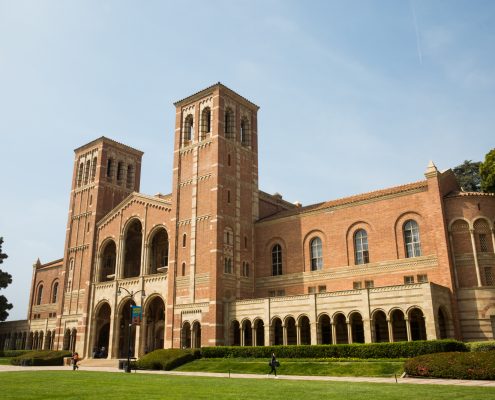
$20 Million Gift Establishes the UCLA Bedari Kindness Institute in the Division of Social Sciences
The Bedari Foundation, established by philanthropists Jennifer…
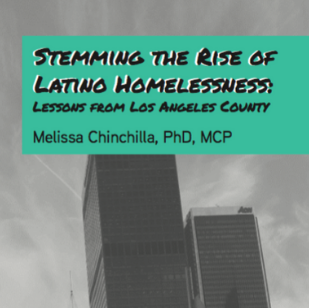
Stemming the Rise of Latino Homelessness: Lessons from Los Angeles County [LPPI Report]
Earlier this year, in collaboration with Dr. Melissa Chinchilla,…
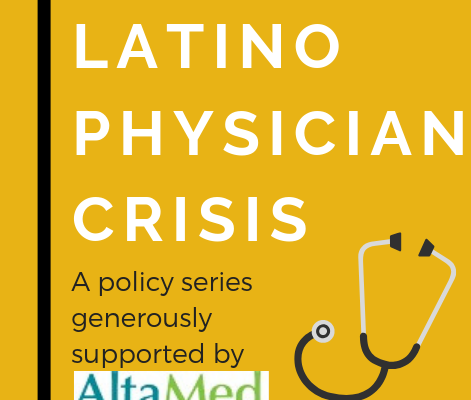
UCLA LPPI Study Identifies Barriers Latino Students Face When Pursuing a Medical Career in California
UCLA Latino Policy and Politics Initiative study finds…
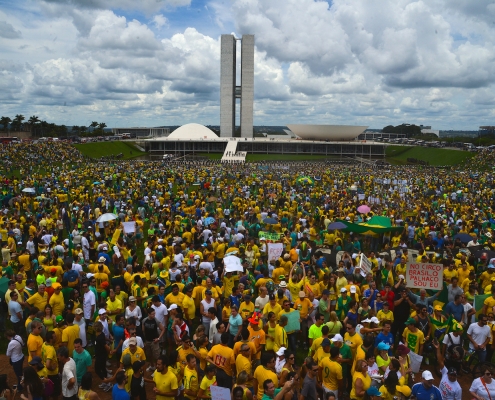
Factors That Influence the Acceptance of Corruption in Brazil
By Sergio Guedes Reis, UCLA Master of Social Science ‘18 Citizens…
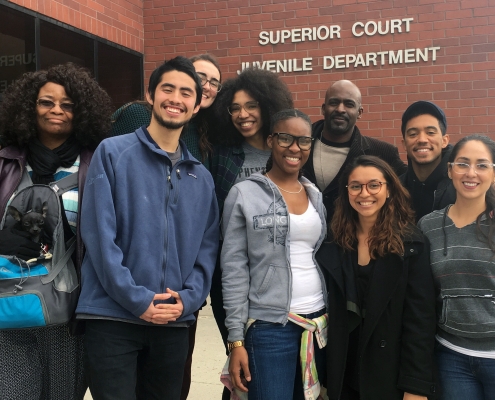
LA Social Science Presents “Conversations with Changemakers” Featuring Bryonn Bain and Rosie Rios – Part 2
By Lara Drasin Read Part 1 of this interview HERE. Bryonn…
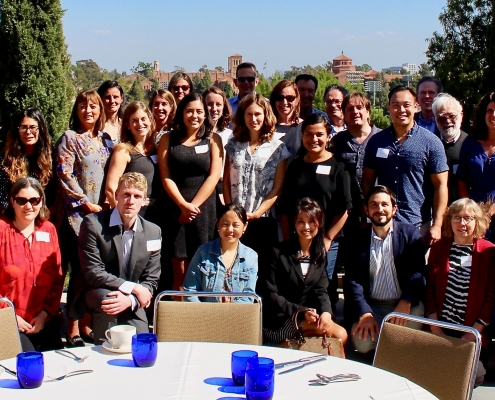
UCLA California Center for Population Research Commemorates Its 20th Anniversary
On October 11-12, 2018, the California Center for Population…

